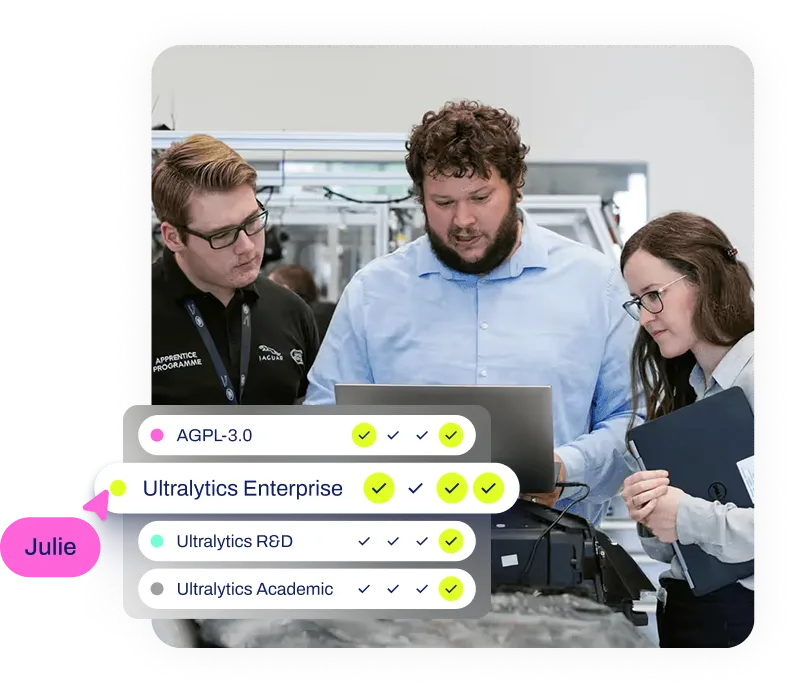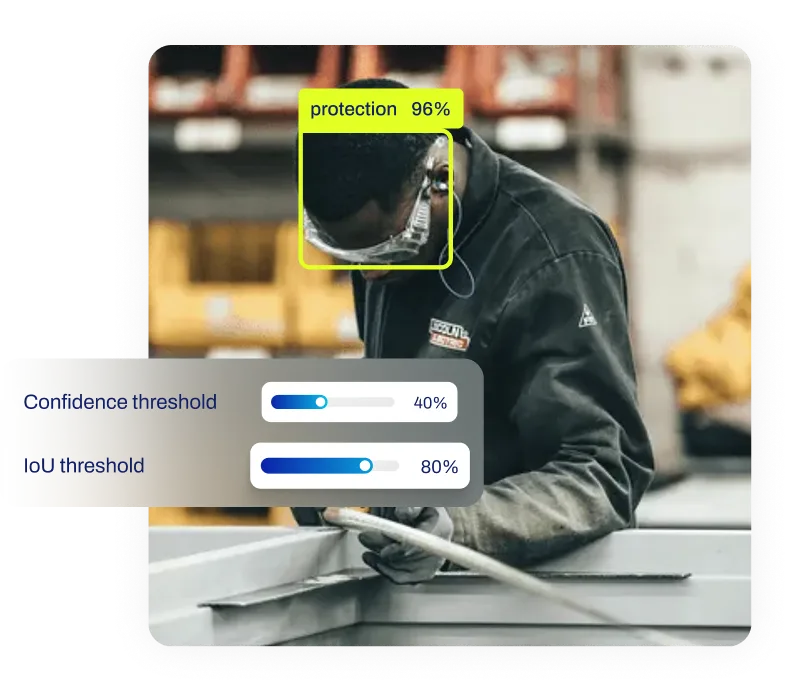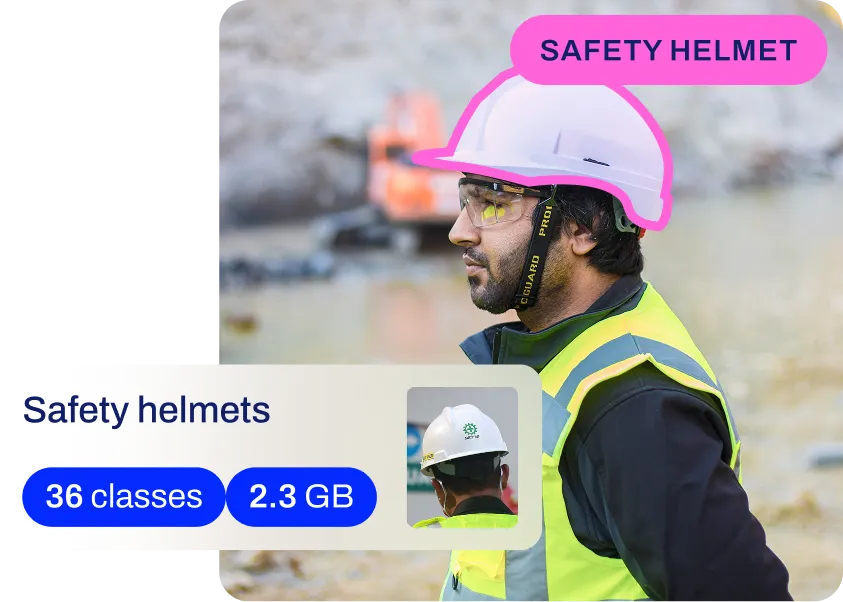Data Mining
Discover how data mining transforms raw data into actionable insights, powering AI, ML, and real-world applications in healthcare, retail, and more!
Data mining is the computational process of exploring and analyzing large datasets to discover meaningful patterns,
trends, and relationships that are not immediately apparent. By transforming raw information into actionable
knowledge, this discipline serves as a critical bridge between statistical analysis and
artificial intelligence (AI).
Organizations leverage data mining to predict future behaviors, identify anomalies, and support strategic
decision-making. While often associated with structured database management, modern data mining heavily utilizes
machine learning (ML) algorithms to process
unstructured inputs, such as text, video, and sensor logs, turning
Big Data into a valuable organizational asset.
Core Components of the Process
The workflow for mining data typically follows the standard
Cross-Industry Standard Process for Data Mining (CRISP-DM), which guides practitioners from understanding business goals to deploying models.
-
Data Collection and Annotation:
The process begins by gathering raw information from diverse sources, such as transactional databases, IoT sensors,
or image repositories.
-
Data Preprocessing: Raw data
is rarely ready for analysis. This stage involves
data cleaning to remove noise and handle missing
values, often utilizing libraries like Pandas for efficient manipulation.
-
Pattern Discovery: Algorithms are applied to extract hidden structures. This may involve
feature extraction to isolate the most
relevant variables for analysis.
-
Interpretation: The mined patterns are validated to ensure they represent useful knowledge rather
than random correlations, often aided by
data visualization tools.
Key Techniques and Methods
Data mining employs a variety of statistical and ML techniques to solve specific problems.
-
Classification: This technique
categorizes data items into predefined classes. For instance, email providers use classification to filter messages
into "spam" or "inbox."
-
Cluster Analysis: Unlike
classification, clustering groups similar data points without predefined labels. It is a core method in
unsupervised learning, frequently used for
market segmentation.
-
Association Rule Learning:
This method identifies relationships between variables in a dataset. It is famously used in retail market basket
analysis to discover that customers who buy bread are also likely to purchase butter.
-
Anomaly Detection: This
focuses on identifying outliers that deviate significantly from the norm, which is crucial for fraud detection and
network security.
Real-World Applications
Data mining powers the intelligent systems that drive efficiency across major industries.
-
AI in Retail: Retailers mine vast
transaction histories to optimize supply chains and personalize shopping experiences. By analyzing purchase
patterns, companies build
recommendation systems that suggest
products users are most likely to buy, significantly increasing revenue. Platforms like
Google Cloud Retail integrate these capabilities to predict
demand.
-
Medical Image Analysis:
In healthcare, data mining is applied to patient records and diagnostic imaging. Advanced models like
YOLO11 can "mine" visual data to locate and
classify abnormalities, such as identifying
brain tumors in MRI scans. This assists
radiologists by highlighting potential issues that require closer inspection, as noted by the
National Institutes of Health (NIH).
Code Example: Mining Visual Data
In computer vision, "mining" often refers to extracting structured information (class labels and counts)
from unstructured image data. The following example demonstrates how to use the ultralytics library to
detect objects and extract their class names and confidence scores.
from ultralytics import YOLO
# Load a pre-trained YOLO11 model to mine object data from images
model = YOLO("yolo11n.pt")
# Run inference on a sample image
results = model("https://ultralytics.com/images/bus.jpg")
# Extract and display mined insights: detected classes and confidence
for result in results:
for box in result.boxes:
cls_id = int(box.cls[0])
print(f"Detected: {model.names[cls_id]} | Confidence: {box.conf.item():.2f}")
Distinguishing Related Concepts
It is important to differentiate data mining from similar terms in the data science landscape.
-
Data Analytics: While data mining
focuses on the automated discovery of patterns, analytics is a broader term that encompasses the interpretation,
communication, and application of those patterns to support business decisions.
-
Deep Learning (DL): DL is a
specialized subset of machine learning inspired by neural networks. Data mining often utilizes DL algorithms as
tools to perform the discovery process, particularly when dealing with complex tasks like
object detection or natural language processing.
-
Predictive Modeling: This is
a specific outcome often derived from data mining. While mining explores the data to find the pattern, predictive
modeling uses that pattern to forecast future events, a distinction highlighted by
SAS Analytics.










.webp)

